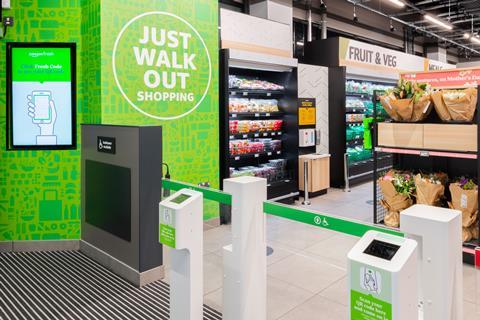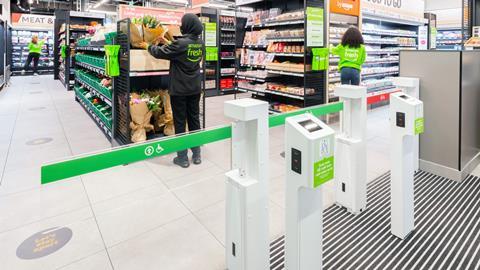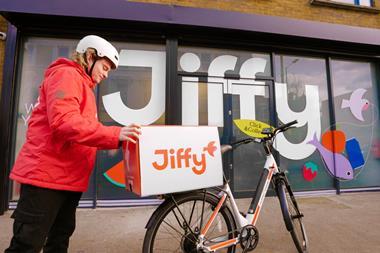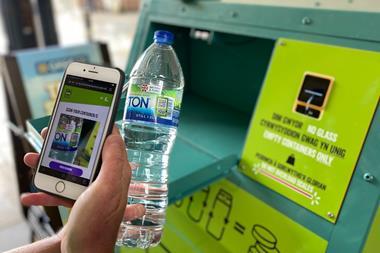Why Just Walk Out technology just isn’t working at Amazon’s futuristic stores
Amazon Fresh stores all used to work like this: the customer scans a code in the Amazon app at an entry barrier, which opens so they can enter, pick items from shelves then walk out, receiving a receipt soon after exiting.
But the company has redesigned the so-called ‘frictionless’ process. Its two newest stores do away with the entry gates, with the app – or an old-fashioned payment card – scanned as they leave. This month it also removed the entry barriers at its Angel store.
So what wasn’t working with Just Walk Out? And will the redesign lead to much-needed footfall?
“Because it’s not known as a fresh food brand, it needs to get people to try it,” says PwC senior retail adviser Kien Tan. “And the biggest barrier to getting people to try it is… the barrier.”
’When something is perceived as needing effort from us we are likely to avoid it where possible’
In psychological terms, the slightest hurdle to entering a retail space means most people won’t bother, says Tara Moran, research manager at shopper behaviour insight agency Spark Emotions. “Humans are inherently lazy. More often than not we will choose the path of least resistance, so when something is perceived as needing effort from us we are likely to avoid it where possible,” she adds.
That perception of wasted time and effort is even more of a turn-off for time-poor commuters, which Amazon is targeting in many of its store locations.
More broadly, the barrier could be hurting Amazon’s still burgeoning brand-building in grocery, Moran explains.
“The horn effect is a cognitive bias where one negative aspect of something influences a person’s judgement in other areas. In the case of Amazon’s stores, if customers find entry difficult, slow or complicated, these negative traits could be transferred to how they perceive the rest of that journey in store, clouding their judgment of the entire experience.”

Fast following
In ditching the entry gates, Amazon has turned from pioneer to fast follower. Tesco’s latest three, Just Walk Out copycat GetGo stores, are freely entered.
“We’ve listened to lots of feedback, and we’ve taken lots of learning,” said Kevin Tindall, MD for Tesco Convenience, of the GetGo format’s new design late last year. “It’s important to us that our stores are a place where everyone feels welcome.”
Tan suggests Amazon’s willingness to experiment with the format – and admit when things aren’t working – is thanks to a changed company culture.
Amazon CEO Andy Jassy started in the role a year ago, and in February conceded with Fresh stores the company had not yet found “that equation with differentiation and economic value that we like”.
’We’re doing a fair bit of experimentation to try to find a format that we think resonates with customers’
“We’re doing a fair bit of experimentation today in those [Amazon Fresh] stores to try to find a format that we think resonates with customers,” he said.
Tesco veteran Tony Hoggett, who joined Amazon in 2021 to lead its global grocery stores, is making his mark, Tan adds.
“Rather than say ‘I’m going to roll out 500 stores in this format’, they’ve paused and said ‘let’s try different ways of getting people in’,” Tan says.
“That’s what retail is all about. So good for them. It’s good old-fashioned retail.”
Checkout-free, frictionless stores, then, have not yet reached their fully refined, final form. While the tech has “potential to be a game changer”, it “still needs work”, says Aldi UK CEO Giles Hurley, commenting on the discounter’s own ‘Just Walk Out’ store, which opened in Greenwich at the start of last year.
“In the background, we’re seeing that whole area develop,” he adds.
Time will tell if the redesign works, but Moran expects it will. “By removing these barriers, Amazon are reducing friction points and encouraging new shoppers to try this new style of store which previously could have appeared as more hassle than it was worth.”




















No comments yet